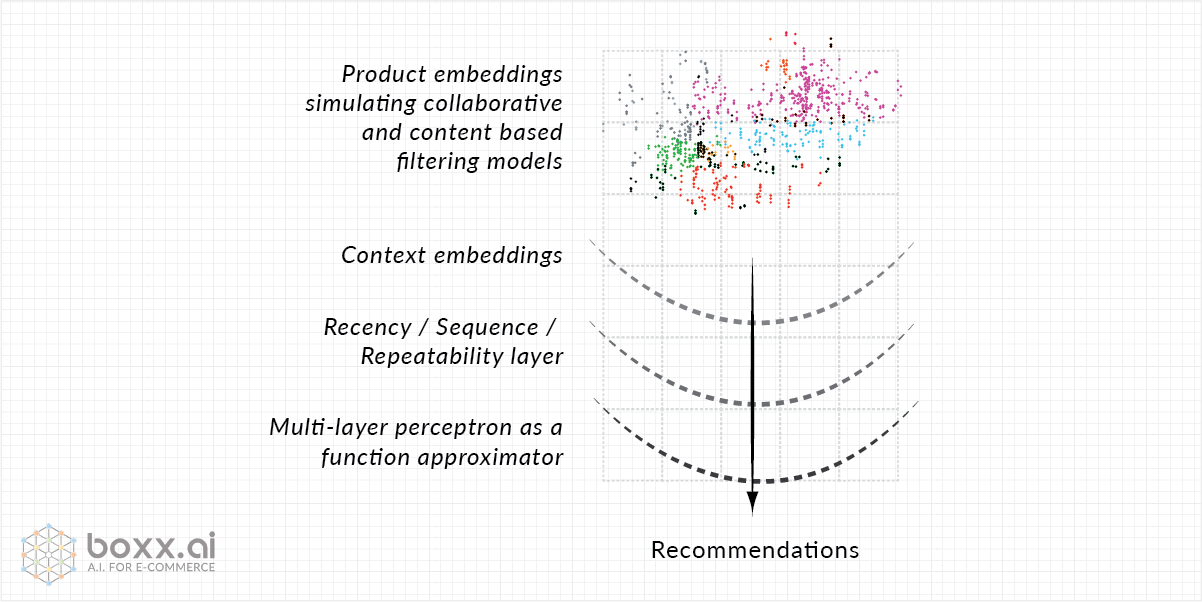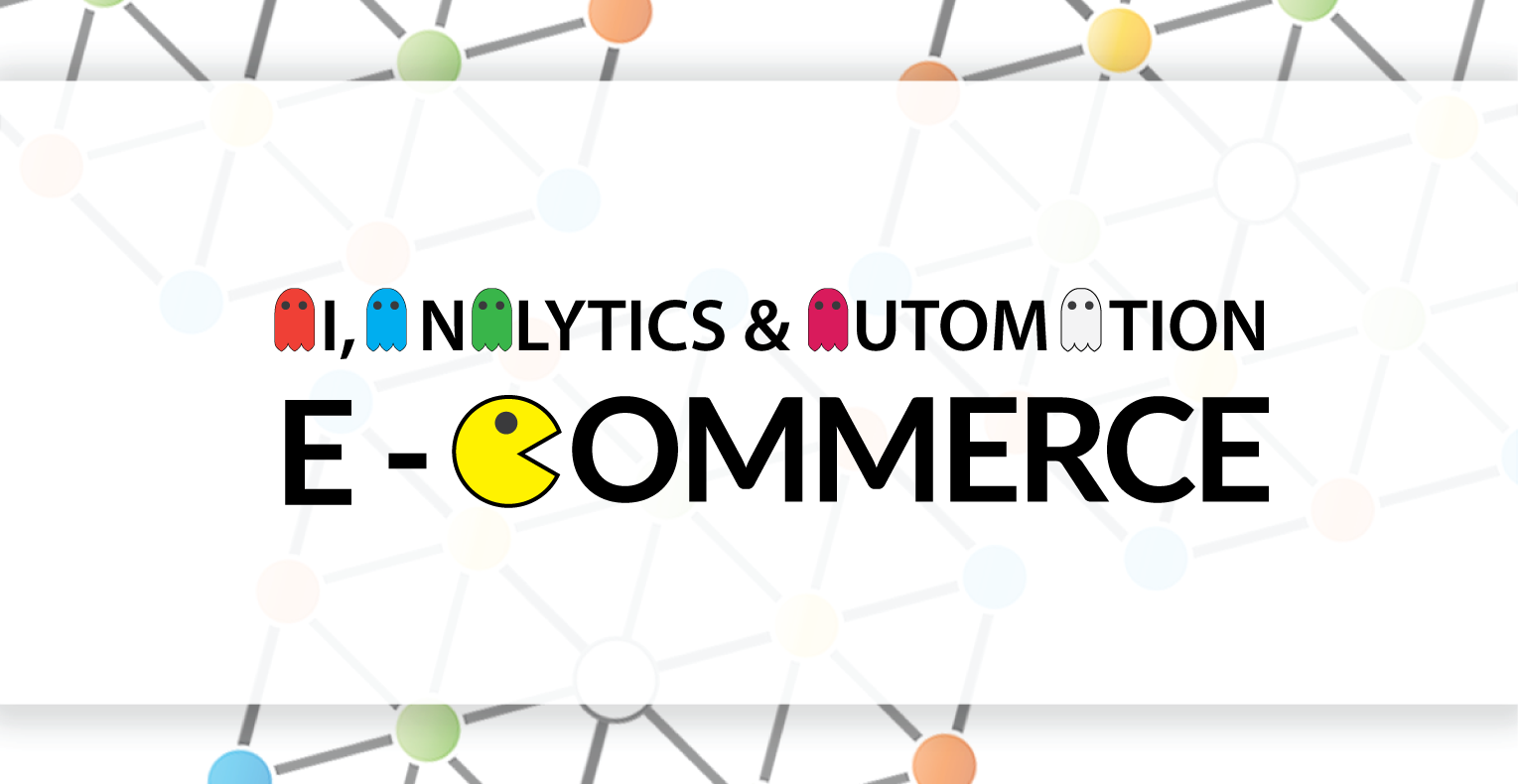
On a drab evening, as I streamed through my e-mails, something caught my eye in excitement.
It was a beautiful, glittery, virtual wedding invitation from my old friend, Lisa!
Without losing a moment, I reached her over the phone and before we realized our conversation had traversed from ‘being excited’ to ‘let’s go shopping’. But as our conversation proceeded, I found out that Lisa had already found and purchased her dream wedding gown, and much to her surprise & amusement, in less than half an hour! Not only did she share her amazement about her quick find, but she also exclaimed to have had a greatly satisfying shopping experience. Once she told me the website she shopped on, I knew what had happened.
Like many of us, what Lisa did not know, is the fact that the e-commerce site she made a purchase from, had AI-driven algorithms working in the background that led her way in finding that perfect bridal wear.
Typically, most modern e-commerce websites give thousands of options to the customers. This gives these websites a greater advantage over the traditional stores. Though search and filters can help in narrowing down the possible choices, their effectiveness is limited by a number of factors such as the vast product catalog, subjective preferences, multicultural customer base & locations to name just a few – and this list is growing.
How does this work?
In Lisa’s case, the AI-driven e-commerce website had initially figured out her search location – the city of Goa – a fun-filled, tourist destination, with a vibrant mishmash of Indo-western culture. Hence, more of those elegant and fusion styles were emphasized while displaying the product palette.
This was achieved through IP tracking that helps us get a user’s city with reasonable accuracy. Based on the entire transaction history of other users, AI lets us find out which products are popular in a particular city. This is the starting point of an algorithm named collaborative filtering.
Consequently, as Lisa clicked on the further options, AI noticed the products she clicked in particular and the time she spent on each option. AI also observed that the distinctive, silhouette-styled wedding gowns seemed to appeal more to her senses. It further noticed her choice of colors – white and peach were the most preferred hues, while the darker shades were mostly ignored. 
Collaborative filtering algorithms are able to assign a probability to future user actions based on past user actions. As a simple example, if 50% of people who clicked on Product A also click on product B, whereas generally only 5% of people click on product B, then by clicking on Product A, Lisa told us of her affinity towards Product B. Multiple such interactions across product lines help these algorithms to become more and more accurate.
As an end result, Lisa viewed a list of products reordered in tune with her tastes and preferences on the product listing page. Thereafter, as she scrolled through, she only obtained a more fine-tuned list of products reordered to suit her taste and budget.

By contemplating her pattern of choices and her choice of the wedding gown, in particular, the algorithm got a fair idea of Lisa’s fashion sense and budget. AI also had a prior knowledge of the products which people were most likely to buy with that style of wedding gown. Crunching up these numbers, AI was easily able to predict the products that Lisa may like. Thereafter, AI found and recommended the accessory options that matched her outfit under the widget ‘you may also like’.
This was one-of-the-kind magical shopping experiences for her which she had never experienced before. On most other shopping sites, she had spent long hours trying to find the product of her choice mostly to return unsatisfied. But, only a few minutes into this site and she seemed to be liking every product displayed and was making a refined choice. It appeared as if the site was exclusively designed to suit her tastes and it accurately understood the kind of product she was looking for.
Meanwhile, another mutual friend from the city of Jaipur, Naina, recently shopped for a bridal wear from the same e-commerce website for her pre-wedding ceremony. Much akin to Lisa’s experience, Naina also found the list of products and recommendations to be articulated just to suit her tastes. Though her list of choices largely revolved around more traditional, Indian, ethnic designs with bright hues of red and gold, the AI-driven website reordered its products’ list to appeal to Naina’s taste.
Be it a wedding outfit or a formal wear, be it a fashion e-commerce website or an electronics e-commerce site, AI-driven personalization engine such as Boxx.ai helps all kinds of e-commerce websites increase their top-line by ~40%, through an omnichannel, plug and play application. This essentially means that Boxx.ai helps the e-commerce websites identify the most personalized and relevant products for each customer. This is followed by an automated, personalized communication for every customer through the selected channel, as illustrated in the two wedding scenarios.




